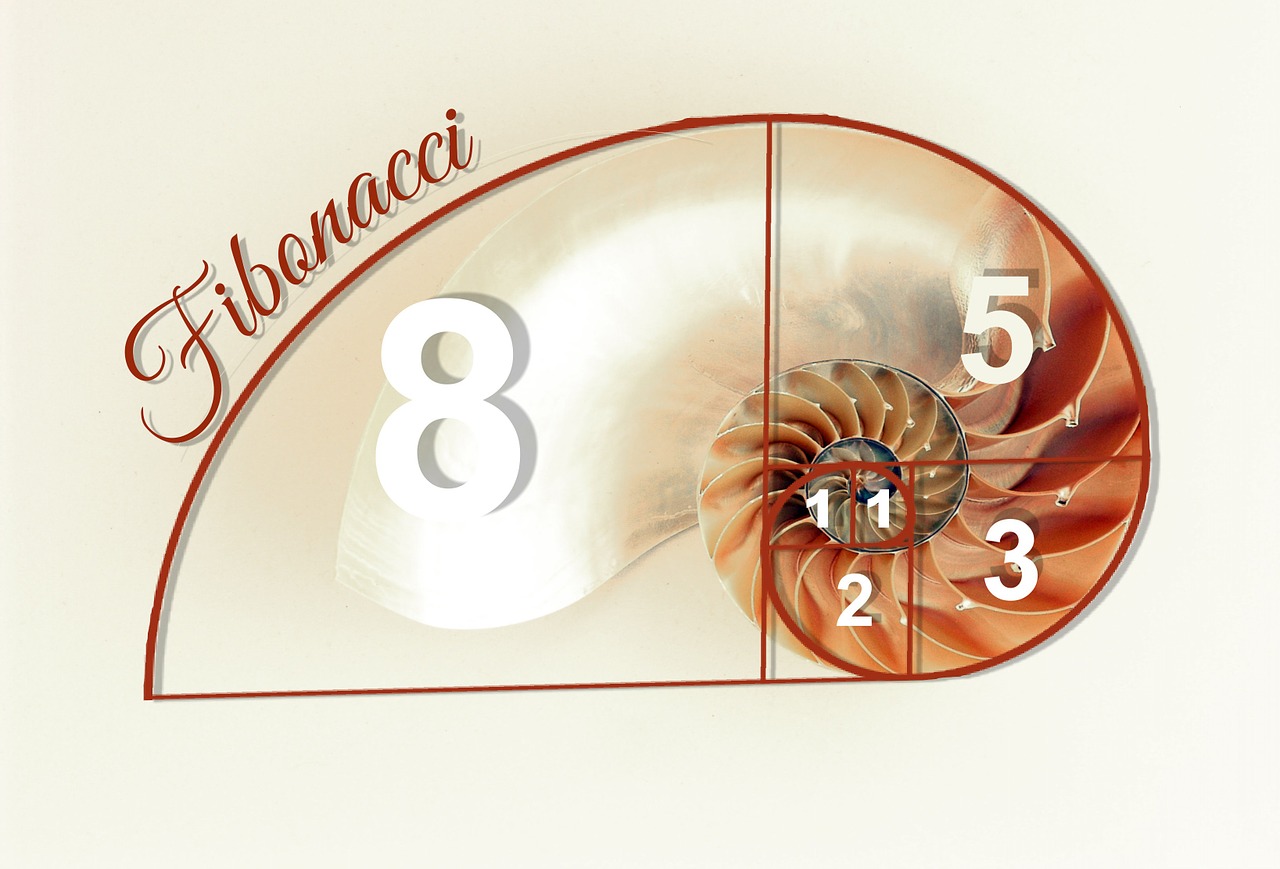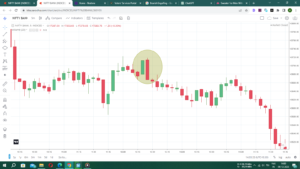The Art of Fibonacci in Natural Designs – Nature holds a hidden mathematical beauty, woven within its very fabric, in the form of the Fibonacci sequence. Discovered by Leonardo of Pisa, famously known as Fibonacci, this sequence reflects a captivating numerical pattern that frequently emerges in the natural world.
Fibonacci in Botanical Structures
Phyllotaxis and Plant Arrangements
Plants demonstrate an astonishing adherence to Fibonacci. Their arrangements often follow a sequence where the number of spirals in seeds, leaves, or petals corresponds to consecutive Fibonacci numbers. This adherence to mathematical principles is prominently visible in sunflowers, pinecones, and succulents.
Fibonacci in Natural Patterns
Shell Structures and Spirals
The nautilus shell exemplifies the Fibonacci sequence through its spiral growth pattern. As the shell expands, each chamber’s size corresponds to the sum of the two preceding chambers, showcasing the sequence’s inherent progression.
Animal Markings and Patterns
Nature’s intricate designs, from the spots on a leopard to the stripes on a zebra, often adhere remarkably close to Fibonacci arrangements. These patterns aren’t merely aesthetic but are deeply rooted in mathematical precision.
The Golden Ratio Connection
The connection between Fibonacci and the Golden Ratio is profound. The ratio of consecutive Fibonacci numbers approximates the Golden Ratio, a proportion revered for its aesthetic appeal. This ratio frequently emerges in natural phenomena, from the branching of trees to the arrangement of flower petals.
Mathematical Insights and Biological Significance
The influence of Fibonacci extends beyond visual aesthetics; it plays a role in biological processes. The sequence often dictates growth patterns in living organisms, contributing to their optimal development and structural strength.
Fibonacci in Human Creations
Human creations often draw inspiration from nature’s Fibonacci patterns. Architects incorporate these principles into designs, while artists use the sequence to create visually captivating masterpieces.
Debunking Myths and Misconceptions
While the Fibonacci sequence’s prevalence in nature is evident, misconceptions surrounding its universality require clarification. Not every natural occurrence strictly adheres to Fibonacci; some follow different numerical sequences or patterns.
Future Prospects and Research
Ongoing studies delve deeper into uncovering new instances of Fibonacci in nature. Scientists explore potential applications in fields ranging from architecture to medicine, leveraging this inherent mathematical beauty.
Conclusion
The pervasive presence of the Fibonacci sequence in nature serves as a testament to the inherent mathematical order governing our world. Its influence transcends mere aesthetics, shaping the very foundation of growth and design in the natural realm.
FAQs About Fibonacci in Nature
- Does every natural phenomenon follow the Fibonacci sequence?
- How is the Fibonacci sequence related to the Golden Ratio?
- Can humans consciously apply Fibonacci in their creations?
- Are there any exceptions to Fibonacci’s presence in nature?
- What are the ongoing studies exploring the implications of Fibonacci in various fields?





